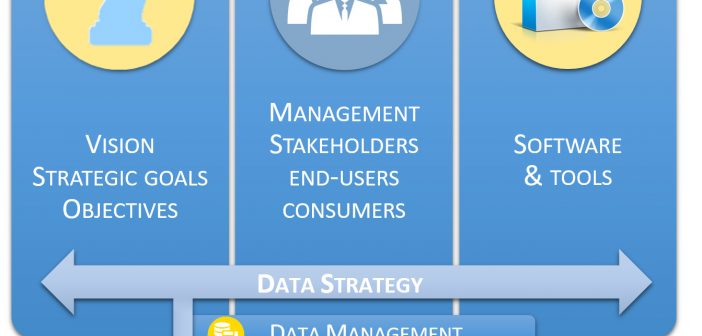SAS Voices
News and views from the people who make SAS a great place to work
You could argue that it’s misguided for someone like me to say data science doesn't have to be difficult. After all, I’ve been in the industry for many years and should have a few tricks up my sleeve for dealing with data. But with the latest data visualisation technology –

In my previous post, I discussed some of the challenges and costs organizations face when they’re stuck in Excel hell with no real data strategy. Now that we’ve discussed the problem, let’s dive into the solution. Every organization needs a data strategy with these building blocks: Your top priority is

Know your data. Do a needs analysis. Organize for success. Empower users. These are four best practices for data and analytics that you'll want to hear more about. In my first three posts in the Analytics in Real Life blog series, we learned how higher education customers are using SAS and why

I brushed aside some sawdust on the workbench and set my laptop down. It wasn’t really mine. SAS Library Services had kindly lent me a new laptop for the “Making Sense of Sensor Data” workshop at UNC’s BEaM Makerspace. I had just set the laptop down…in sawdust. Like any normal

This summer, I had several interesting sessions with customers and prospects. Much to my surprise, two of them, both multinational organizations, were doing most of their data related tasks in Excel. This happens every now and then -- I come across organizations (like yours?) where people are manipulating and ‘analysing’

Having a mentor is the number one factor in increasing the steepness of your personal learning curve. So says my oldest, Garik, a Park Scholar at North Carolina State University (class of 2012), during a discussion he recently had with the incoming Park Scholar class of 2019. To accept the




